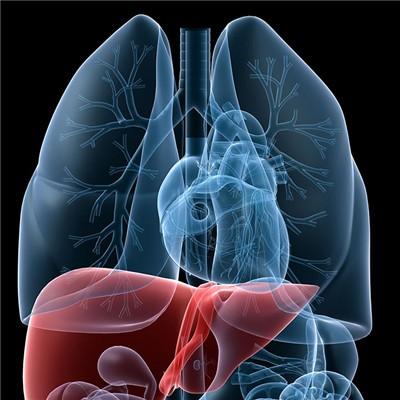What are the examination items of typhus?
summary
The harm of typhus to patients can not be ignored, so for typhus this disease should be thoroughly examined, timely treatment, typhus patients to do relevant examination, is conducive to understand the condition and know more comprehensive treatment plan, the following is a detailed introduction of typhus examination project.
What are the examination items of typhus?
Blood and urine routine white blood cell count is mostly in the normal range, about 1 / 4 is more than 10000 / mm3, a few is less than 5000 / mm3. The number of platelets generally decreased and eosinophils significantly decreased or disappeared. Proteinuria is common, occasionally with red blood cells, white blood cells and tubular type.

Two or three serum samples (initial admission, second week of disease course and convalescent stage) should be taken for serum immunology test, and those whose titer increases more than 4 times have diagnostic value. Commonly used are waifei test, complement test, Rickettsia agglutination test, indirect hemagglutination test, etc. Although the specificity of waifei test is poor, it is still widely used because the antigen is easy to obtain and preserve; The principle is that some rickettsians and Proteus ox19, OXK or ox2 antigens are the same, so the patient's serum can produce agglutination reaction to Proteus strains. The agglutination titer of serum from patients with epidemic typhus to ox19 strain was generally more than 1 ∶ 320, but it often reached a significant level or peak at the end of the second week or recovery period; Then the titer decreased rapidly and became negative within 3 to 6 months. Non rickettsial diseases, such as Proteus urinary tract infection, leptospirosis, relapsing fever, malaria, typhoid fever, etc., may also have positive reactions, most of which have low titers and few dynamic changes. Other rickettsial patients can also produce agglutination reaction to ox19 strain, but in addition to endemic typhus, its agglutination titer is generally low. Although relapsing typhus was also caused by Rickettsia przewalskii, waifei test was often negative or agglutination titer was less than 1 ∶ 160.

Pathogen isolation is not suitable for general laboratories. Rickettsia usually occurs within one week after the disease. Blood should be collected and inoculated into the abdominal cavity of guinea pig or yolk sac of chicken embryo before the application of antibiotics; Or collect the body lice from the patients and raise them in the laboratory for observation. After the lice is sick and dead, make smear staining to check Rickettsia. Guinea pigs are sensitive to Rickettsia przewalskii. 3-5ml of blood from patients in the early stage of the disease can be injected into the abdominal cavity of male guinea pigs. After 7-10 days, the animals have fever reaction. The tunica vaginalis and peritoneum are taken for scraping examination, or the brain, adrenal gland, spleen and other tissues are taken for smearing. After staining, a large number of Rickettsia in the cytoplasm can be found. The scrotal reaction of guinea pigs was negative, or only slightly red without obvious swelling, which can be used as a reference for the differential diagnosis of endemic typhus.

matters needing attention
I believe that through the introduction of the above article, we all have a certain understanding. I hope that patients will pay enough attention to this disease. It is a very fast spreading disease. I hope you can check it in time. Once it is found, isolation measures should be taken.











